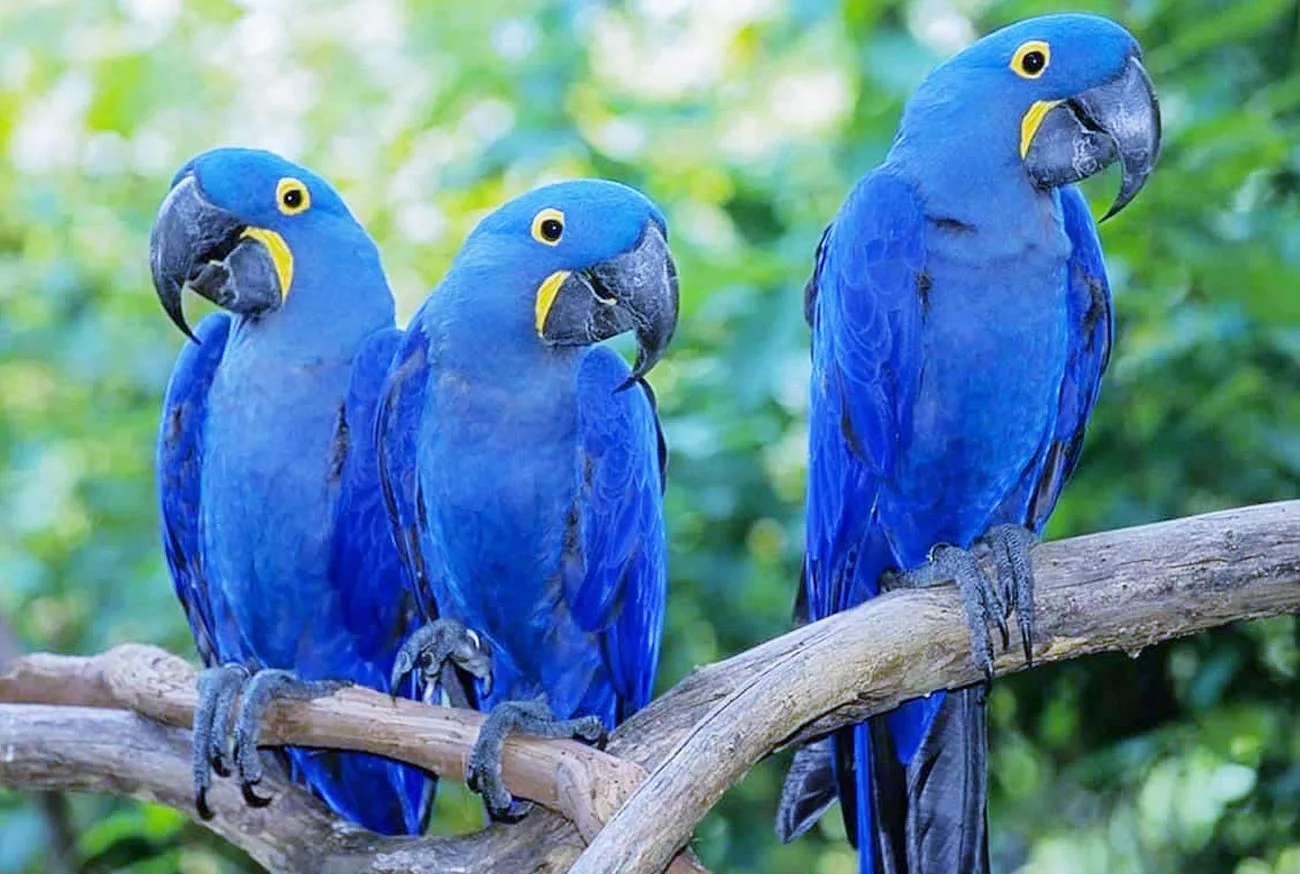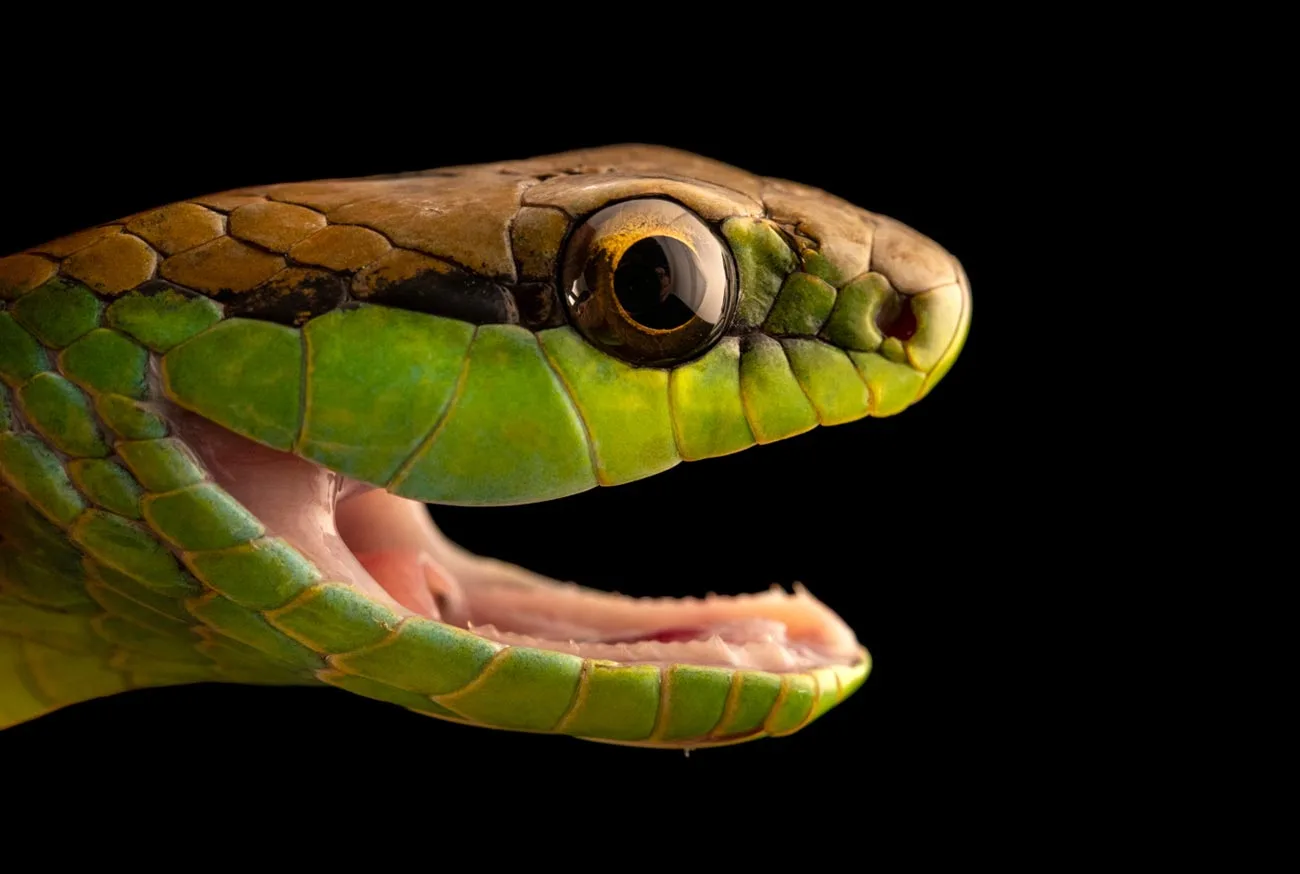In this article, you will discover everything about the blue macaw: where it lives, what it eats, its breeding habits, and why its preservation is so important. Are you ready to be enchanted by this majestic Brazilian bird? Then come along with us on this journey!
Getting to Know the Blue Macaw
The blue macaw, scientifically known as Anodorhynchus hyacinthinus, is the largest species of macaw in the world, measuring about 1 meter in length. Found mainly in the Pantanal and Amazônia, this bird stands out for its brilliant blue plumage and the yellow ring around its eyes and the base of its beak. It is a true work of art by nature!
- Size: Up to 1 meter in length, with a wingspan that can exceed 1.2 meters.
- Weight: On average, 1.5 kg.
- Life expectancy: Can live up to 50 years in the wild and over 60 years in captivity.
The beauty of the blue macaw is not only in its appearance but also in its social behavior. These birds live in pairs or small groups and are known for their loyalty to their mates, forming lifelong bonds.
Where Blue Macaws Live
The natural habitat of the blue macaws includes tropical forests, savannas, and wetland regions like the Pantanal. These areas offer the ideal conditions for their survival: tall trees for nesting and palm trees that provide food. However, the destruction of these habitats has been one of the main challenges for the conservation of this species.
Relationships with the Ecosystem
The blue macaw plays an essential role in maintaining ecosystems. By consuming fruits from palm trees, such as bocaiuva coconuts and acuri fruits, it helps in seed dispersal, contributing to the regeneration of forests. Without these birds, the balance of many regions could be compromised.
What Blue Macaws Eat
The diet of the blue macaw is highly specialized. Its main food source is palm fruits, such as bocaiuva and acuri. These fruits have a hard shell, but the powerful beak of the blue macaw can break them with ease. Additionally, they may complement their diet with seeds, nuts, and occasionally, insects.
Fun fact: To aid digestion, the blue macaw often ingests small amounts of clay, which helps neutralize toxins found in some foods.
Breeding and Care for the Chicks
The reproduction of the blue macaw is a fascinating event. The couple chooses a nest in hollow trees, usually large ones, where the female lays 1 to 2 eggs. The incubation period lasts about 30 days, and the chicks remain in the nest for up to 3 months under the care of the parents.
The parents take turns feeding the chicks by regurgitating food for them. This dedicated parental care is crucial for the survival of the species but also makes it vulnerable, as each pair has few chicks throughout their lives.
Threats to the Blue Macaw
Despite its grandeur, the blue macaw faces many threats. Among the main ones are:
- Habitat destruction: Agricultural expansion and deforestation have drastically reduced forest and savanna areas.
- Wildlife trafficking: The blue macaw is targeted by illegal trade due to its beauty and value in the market.
- Hunting: In some regions, these birds are still hunted for their feathers or meat.
These factors have placed the blue macaw on the endangered species list, making its preservation a priority for environmental organizations and governments.

Conservation Initiatives
Fortunately, several initiatives have been working to protect the blue macaw. Projects like the Blue Macaw Project in the Pantanal have been working on habitat conservation, nest monitoring, and environmental education. Thanks to these efforts, the population of blue macaws has shown signs of recovery.
Furthermore, the creation of protected areas, such as national parks and reserves, is crucial to ensure the survival of this species and many others that share the same habitat.
Fun Facts about the Blue Macaw
- Largest macaw in the world: With its large size, the blue macaw is the largest among the macaws, standing out both in size and beauty.
- Powerful sound: The sound emitted by the blue macaw can be heard from long distances, functioning as a means of communication between the group.
- Cultural symbolism: In Brazilian culture, the blue macaw is seen as a symbol of freedom and natural beauty.
A Symbol of Hope
The blue macaw is much more than an exotic bird. It is a living reminder of Brazil's natural wealth and the importance of preserving our environment. By protecting the blue macaw, we are ensuring not only its survival but also the balance of ecosystems and the legacy of our biodiversity for future generations.
If you were enchanted by the story of the blue macaw, share this article on your social media. Let’s spread awareness about the importance of protecting this gem of Brazilian fauna!
Keeping a Brazilian wildlife animal is a crime
Keeping wild animals without authorization from environmental authorities in Brazil is a crime under the Federal Environmental Crimes Law No. 9,605/1998 and Federal Decree No. 6,514/2008. It carries a penalty of six months to one year of detention, plus a fine. Therefore, keeping a Blue Macaw in captivity is strictly prohibited.
Don’t be an accomplice! If you know someone keeping wild animals illegally, report it anonymously. Contact IBAMA at 0800 618080 or send an email to
Download the Portaria-IBAMA-93-1998 that lists which animals are allowed to be kept as pets.

















Add comment